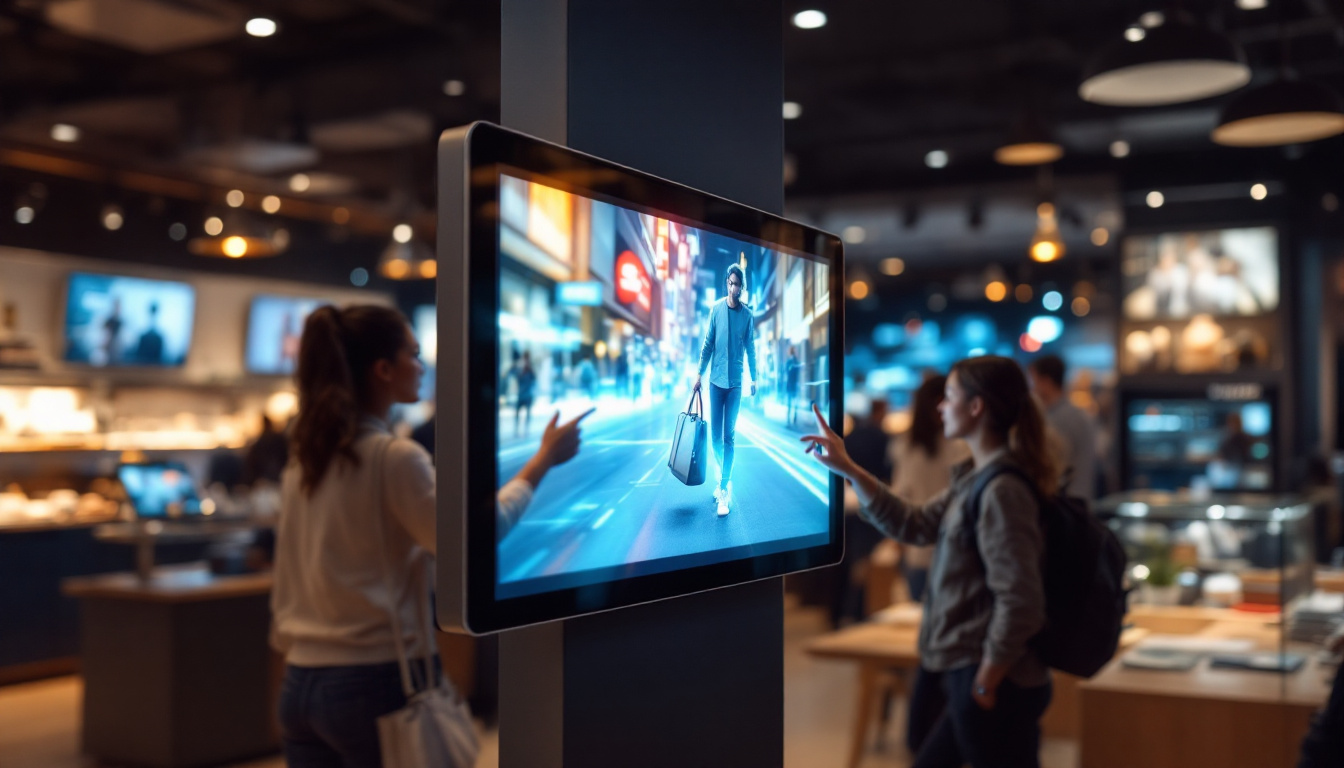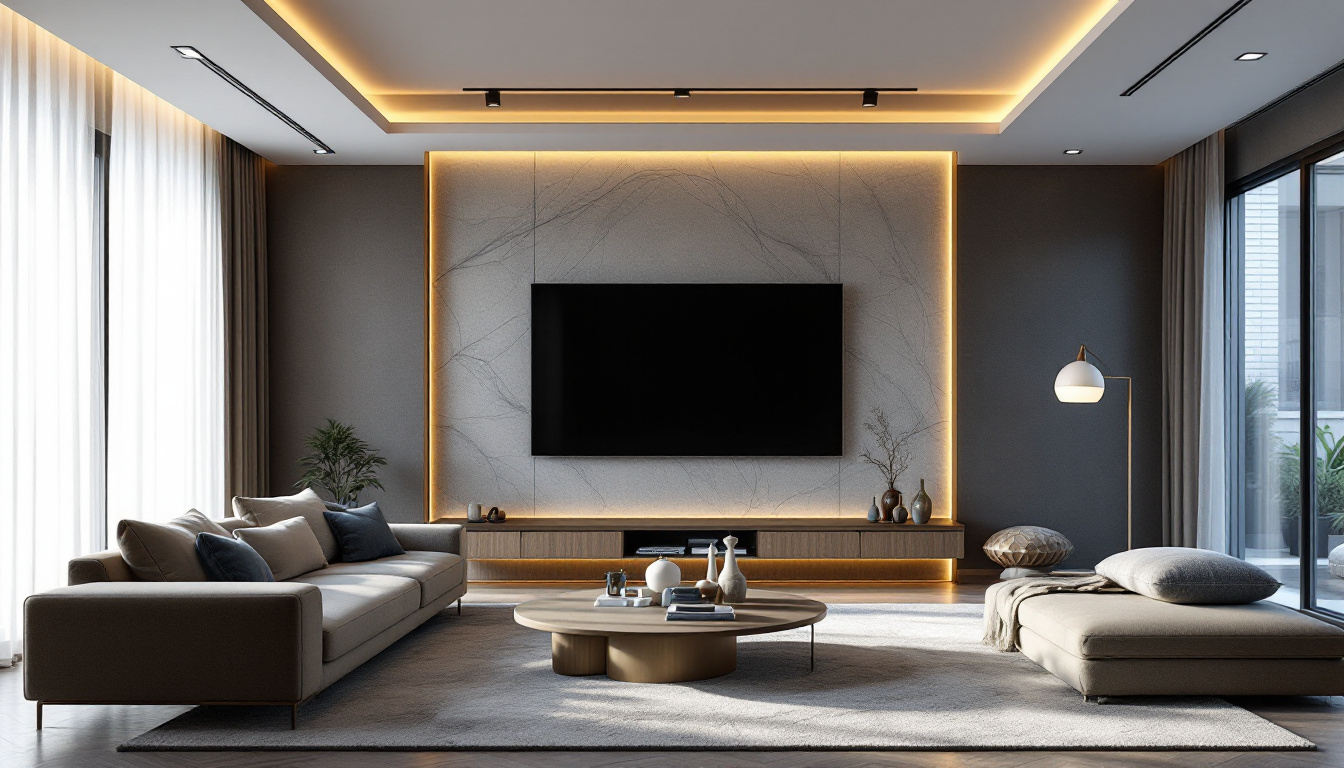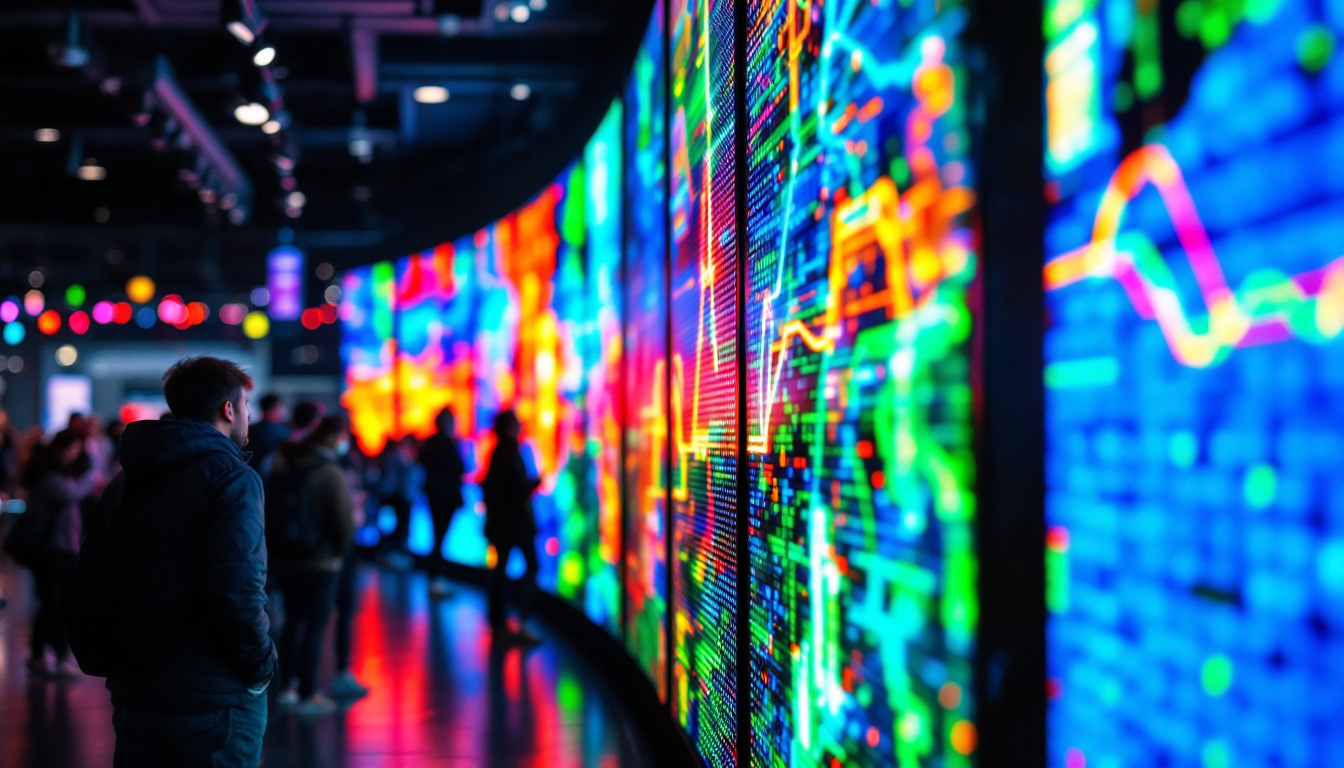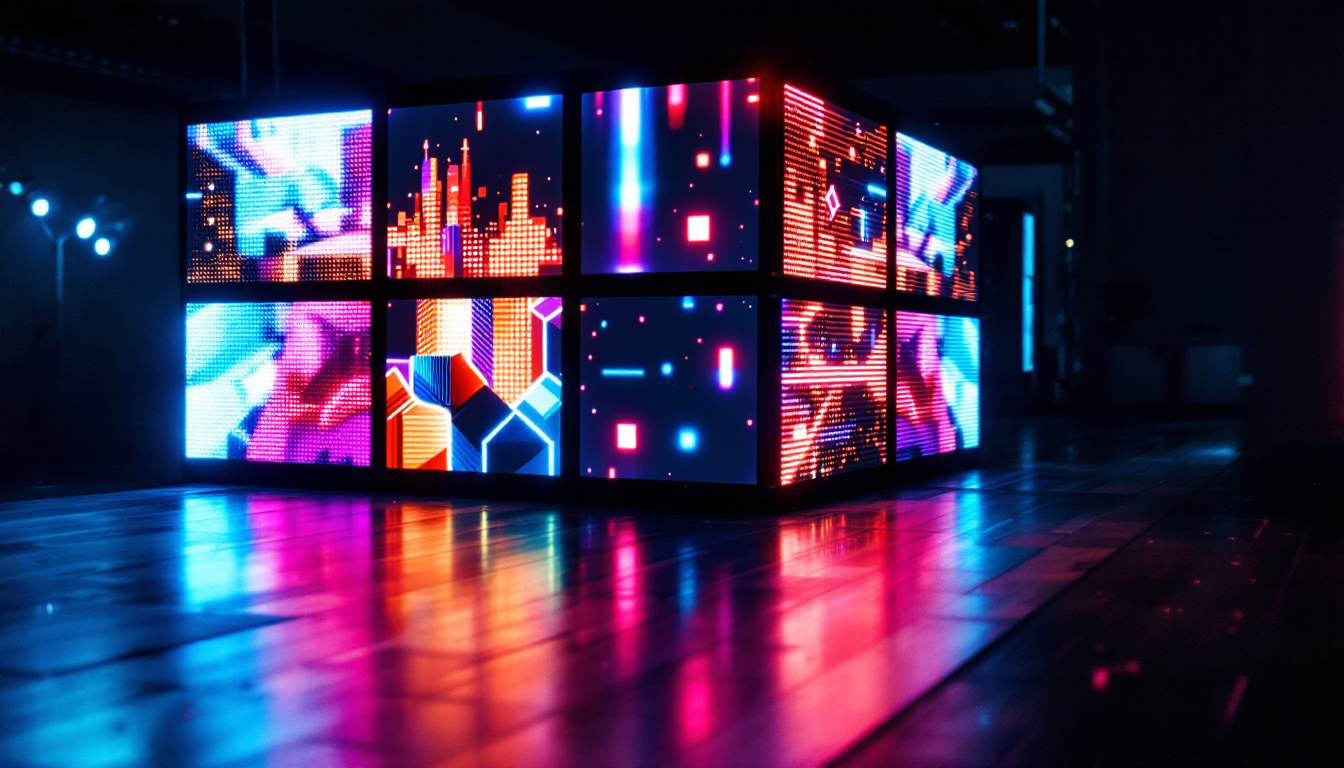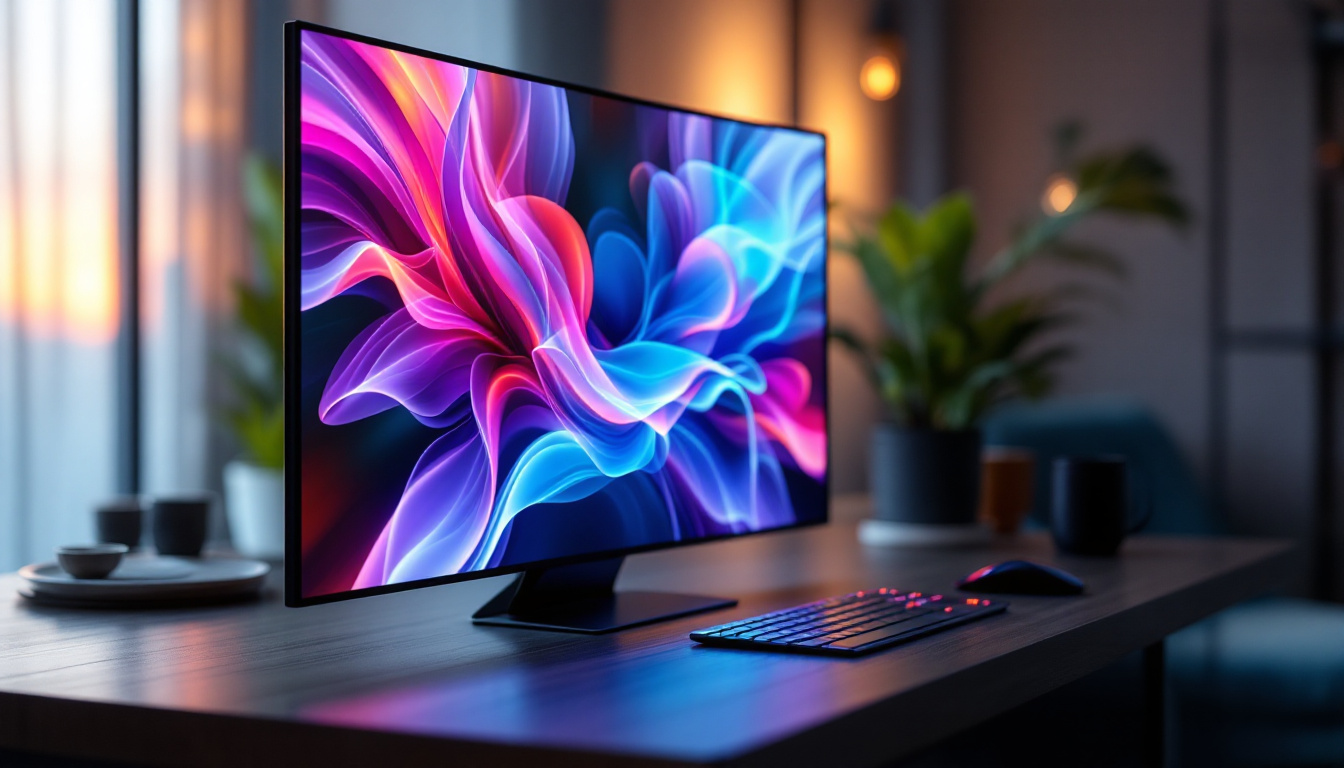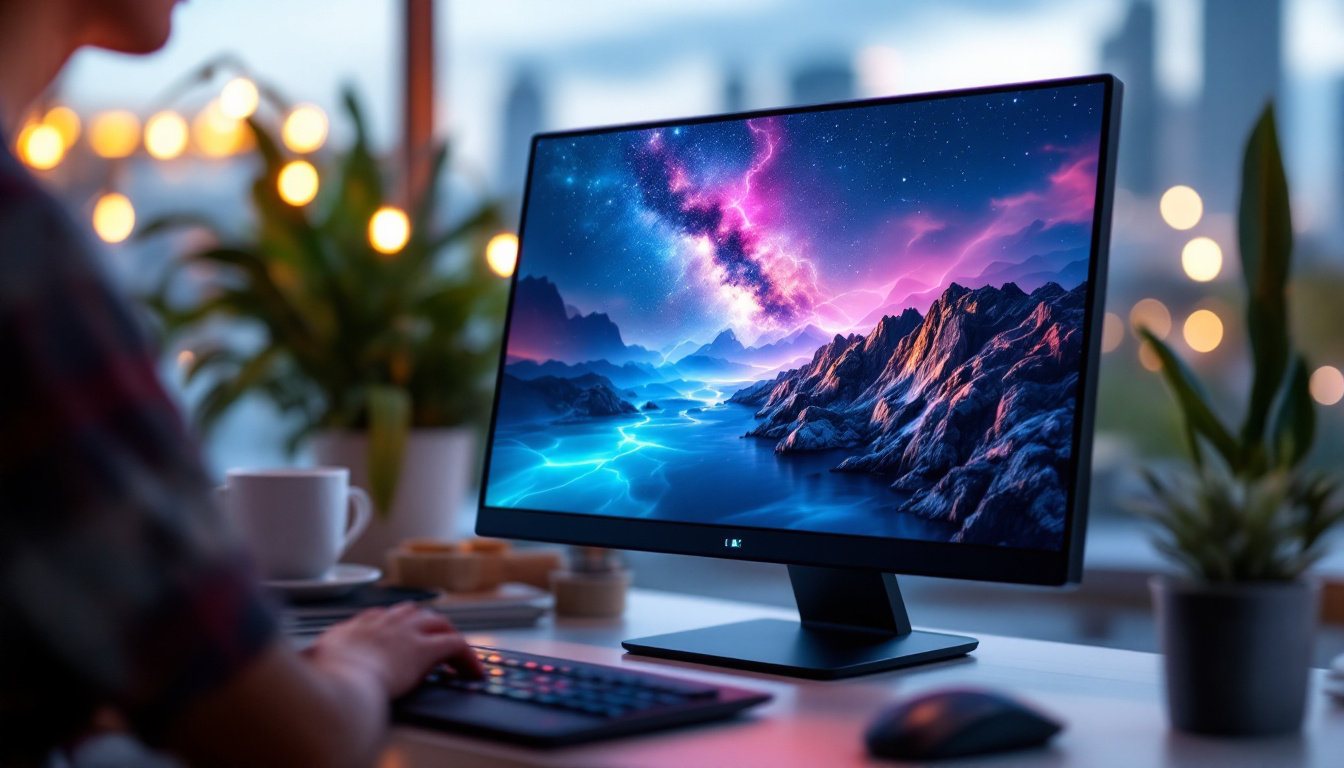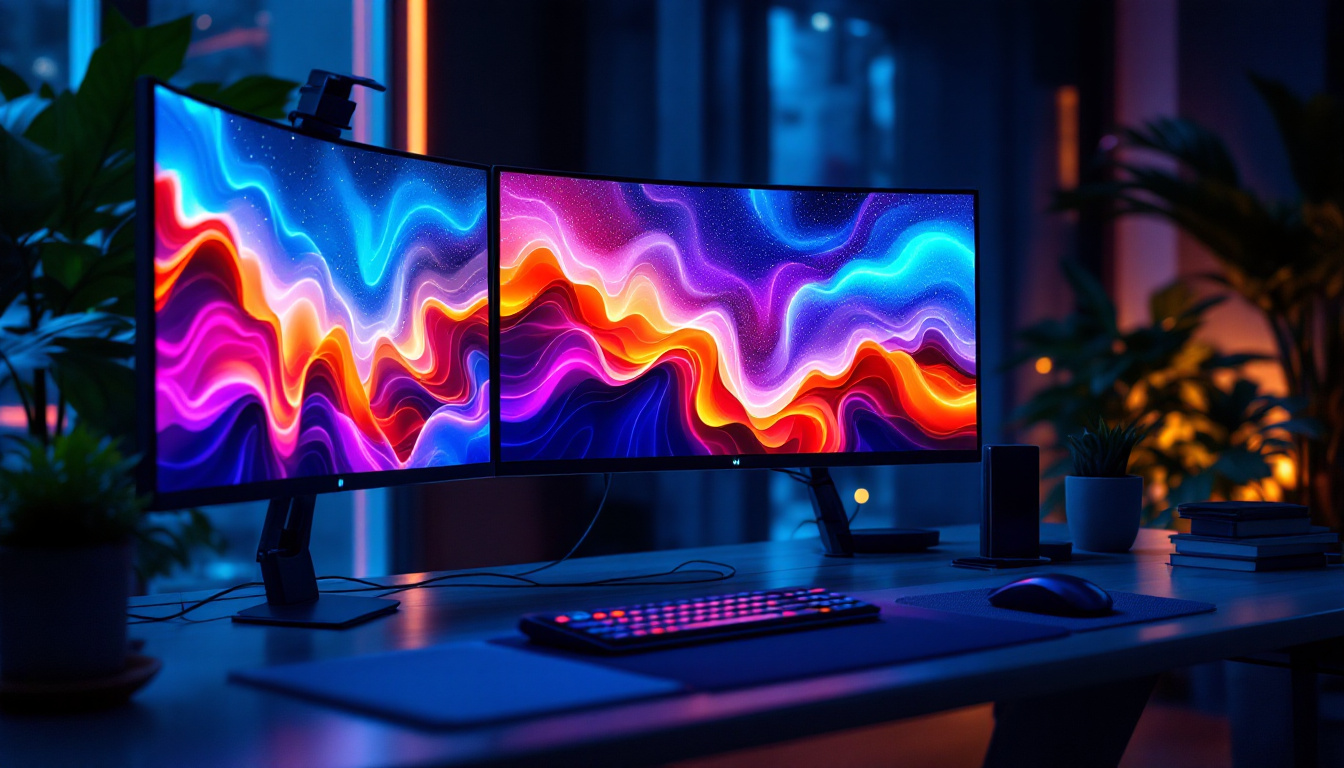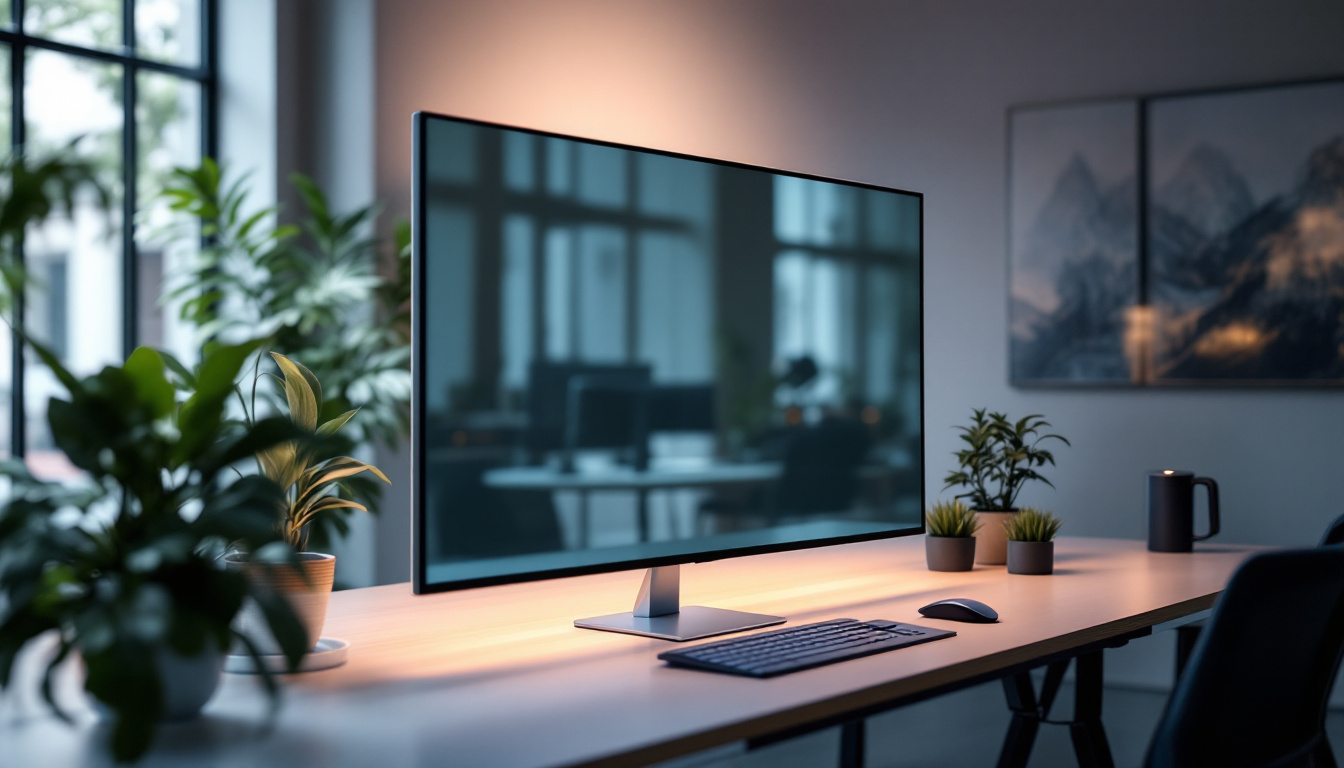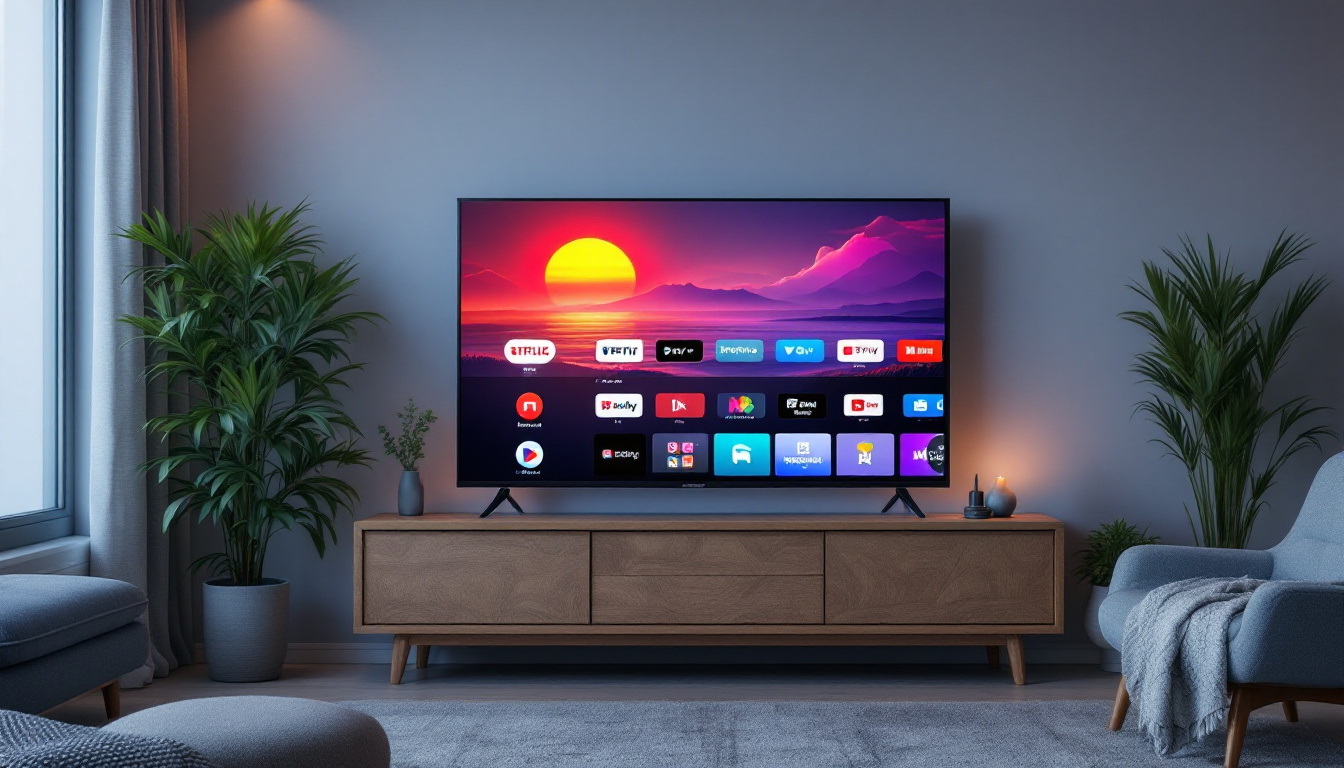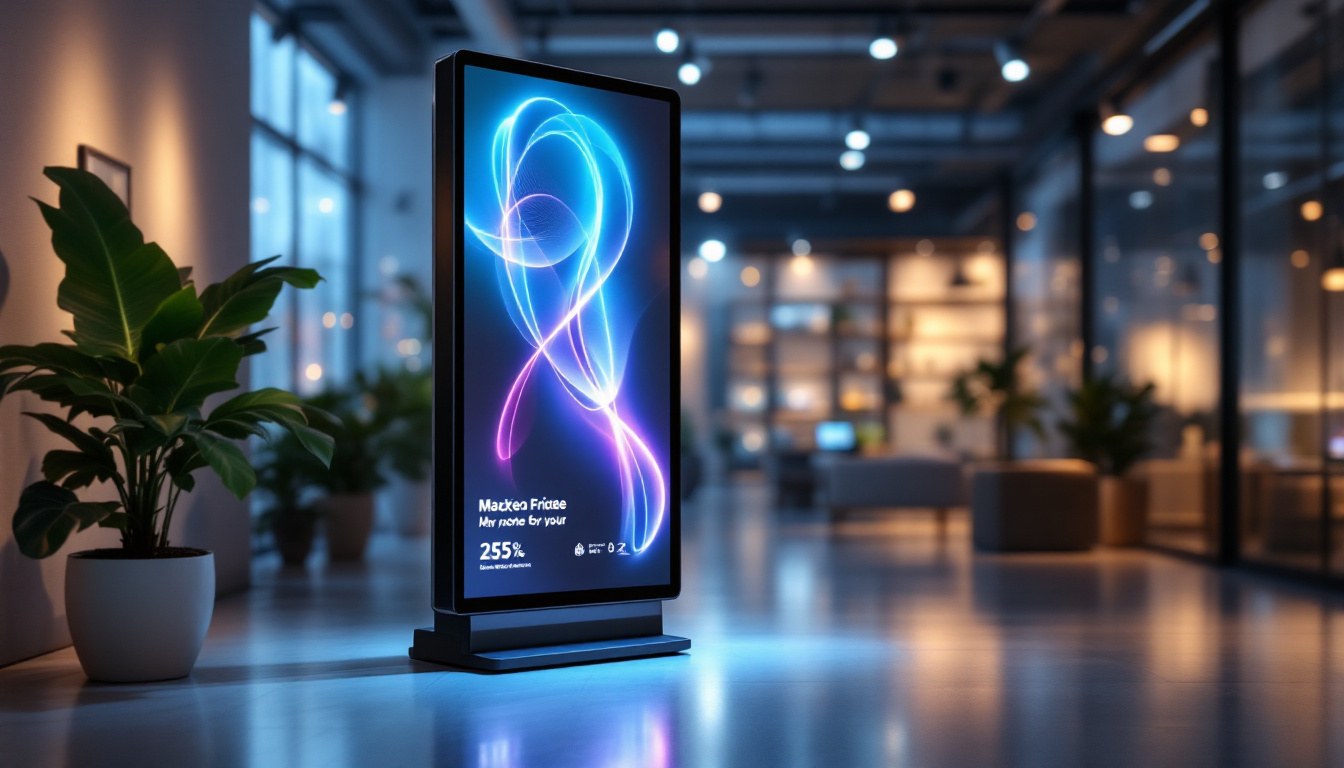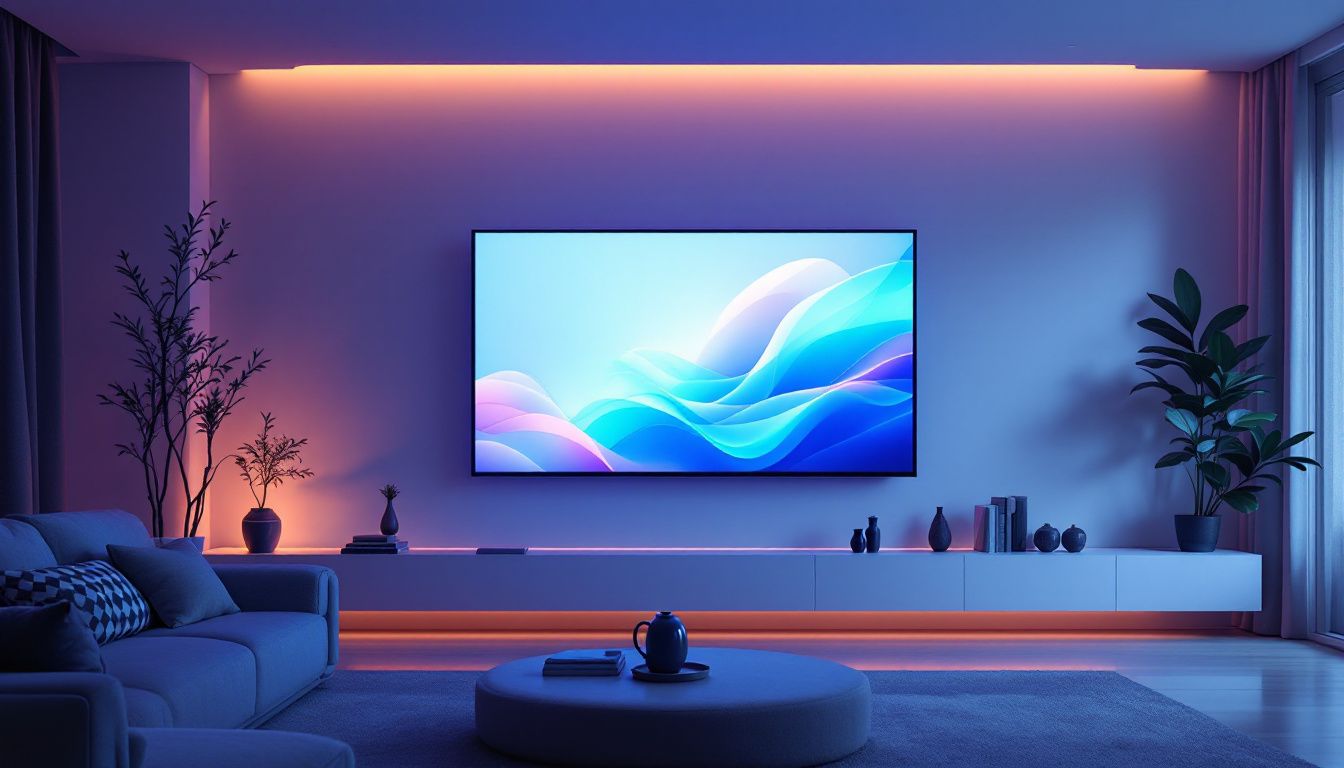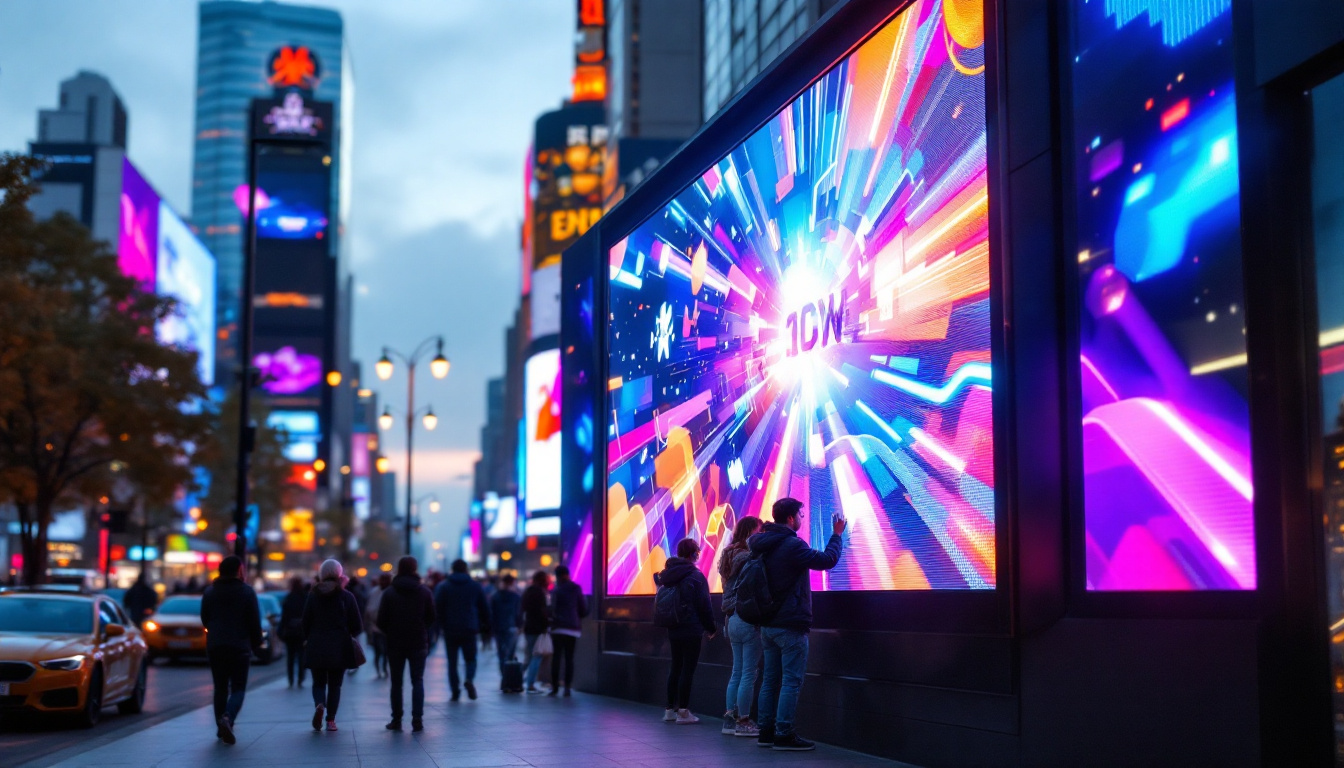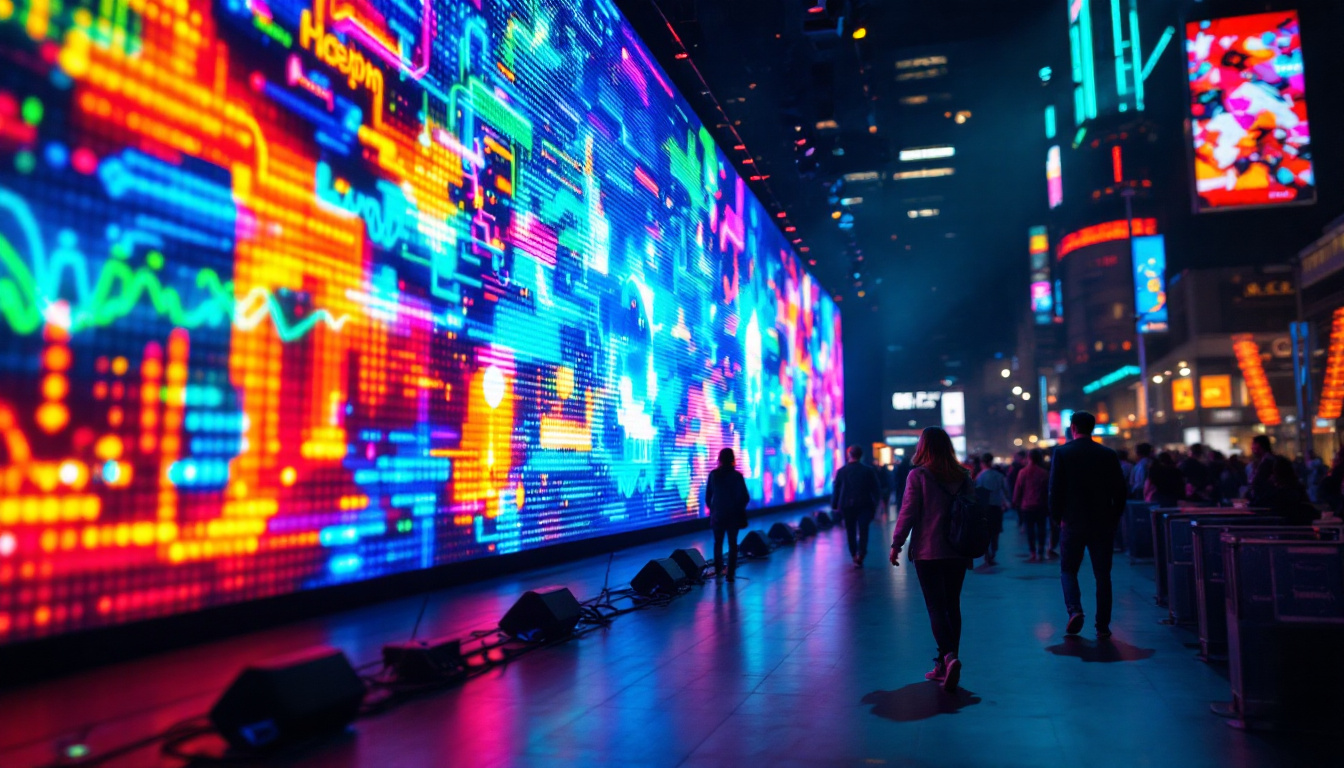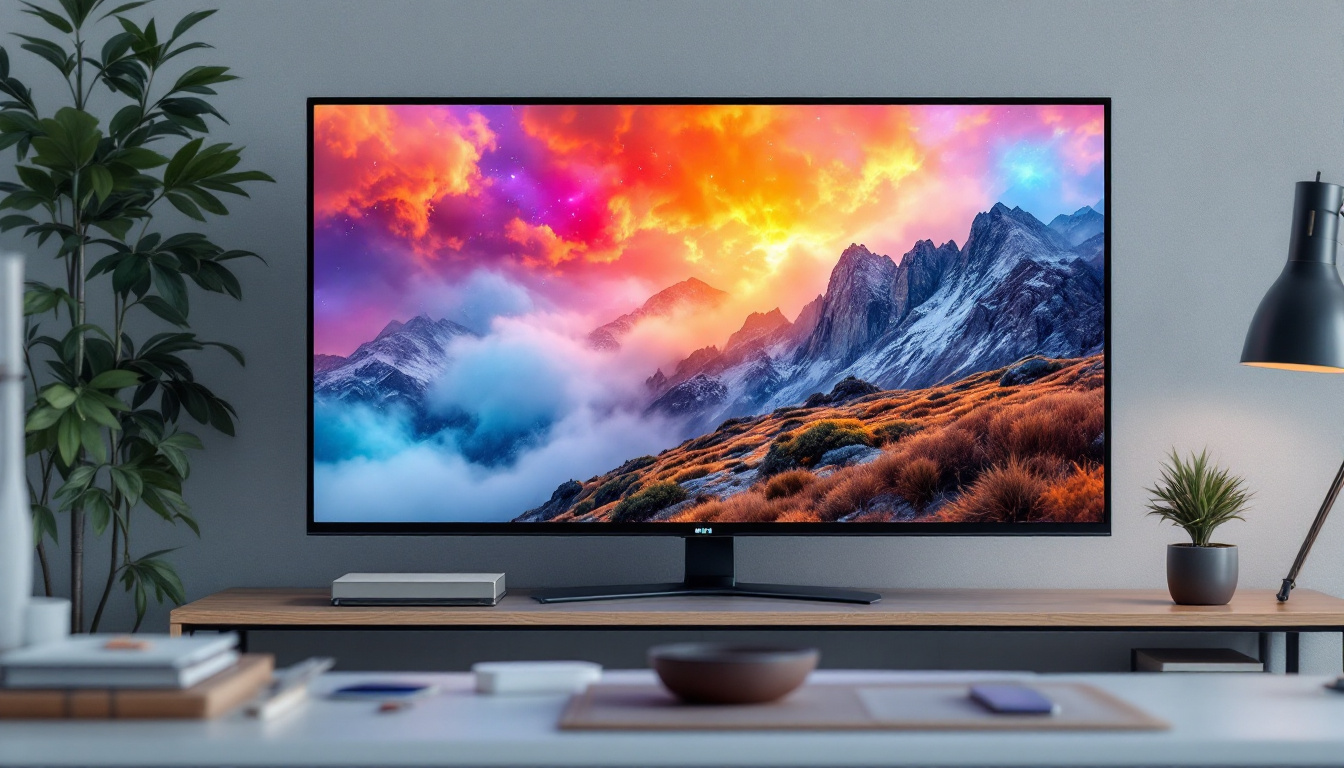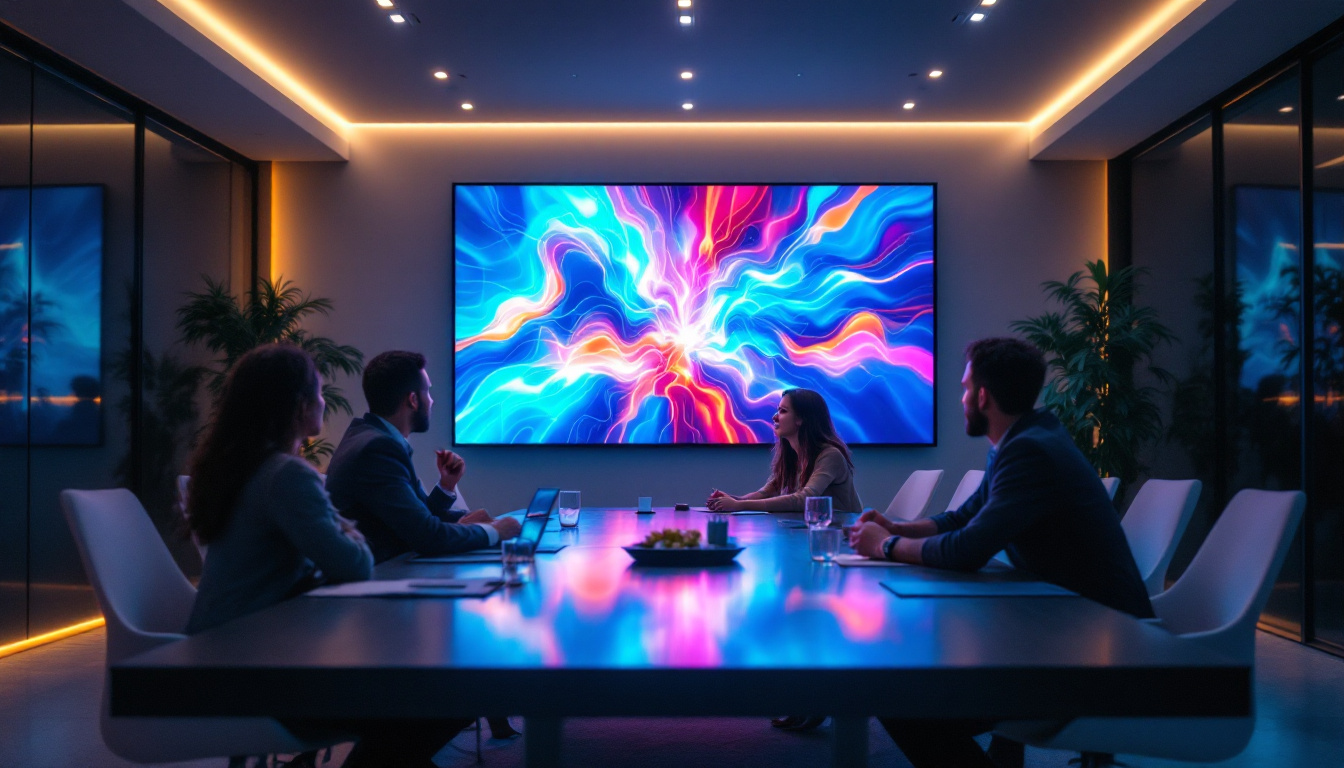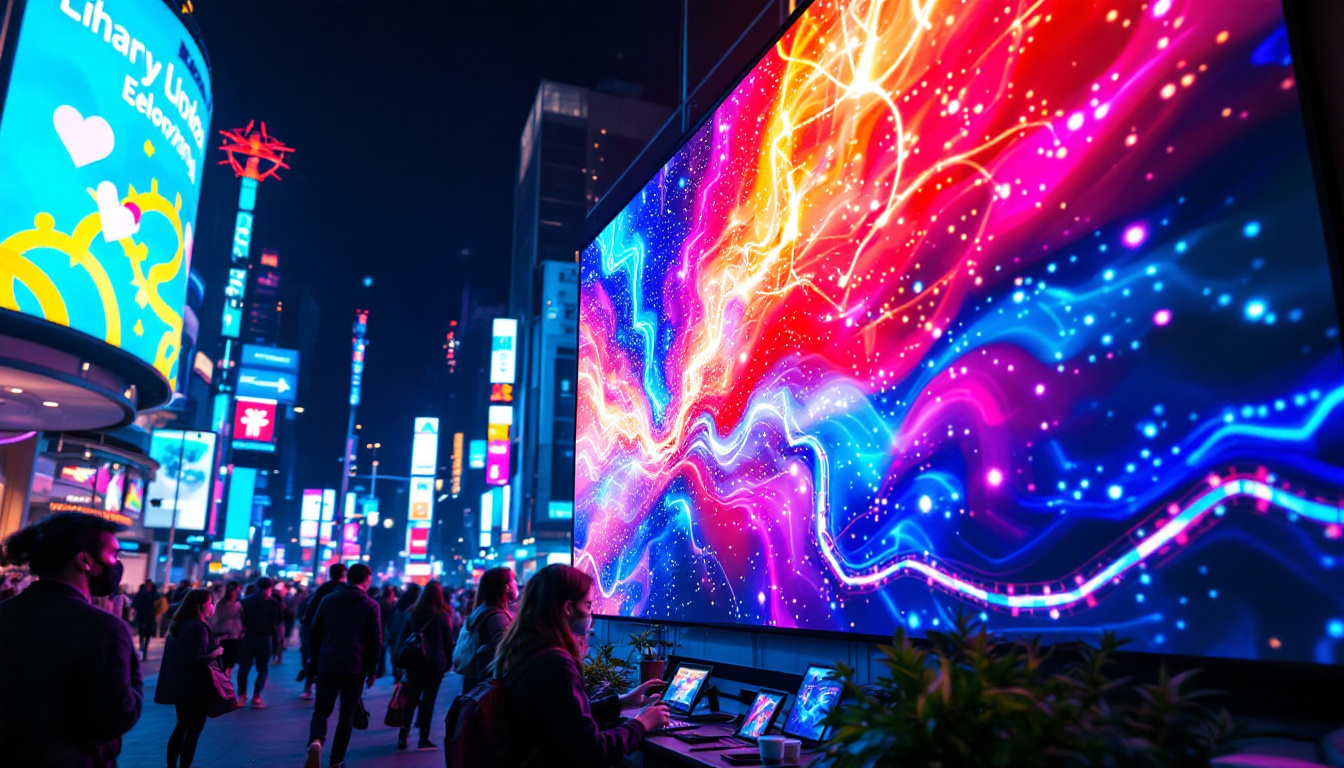In the fast-paced world of retail, technology plays a pivotal role in enhancing customer experience and streamlining operations. One of the most significant advancements in recent years is the touch screen monitor, particularly those equipped with LED displays. This article delves into the various aspects of touch screen monitors for retail, exploring their benefits, features, and the technology behind LED displays.
Understanding Touch Screen Monitors
Touch screen monitors have revolutionized the way retailers interact with their customers. By allowing users to engage directly with the display, these monitors provide a more intuitive and interactive shopping experience. The integration of touch technology into retail environments has made it easier for customers to access information, browse products, and make purchases. This shift not only enhances the shopping experience but also aligns with the growing trend towards digitalization in retail, where consumers expect seamless, technology-driven interactions.
Types of Touch Screen Technology
There are several types of touch screen technologies available, each with its own advantages and disadvantages. The most common types include resistive, capacitive, and infrared touch screens.
Resistive touch screens are made up of two flexible layers separated by a small gap. When pressure is applied, the layers touch, registering the input. This technology is cost-effective and works well with styluses or gloves, making it suitable for various retail environments. For instance, in outdoor settings or places where customers might be wearing gloves, resistive screens offer a practical solution.
Capacitive touch screens, on the other hand, use the electrical properties of the human body to detect touch. They are more sensitive and provide a smoother user experience, making them ideal for high-end retail applications. Retailers often use capacitive screens to create visually stunning displays that respond quickly to touch, enhancing customer interaction. Infrared touch screens utilize an array of infrared sensors to detect touch, allowing for a more durable and versatile option. These screens are particularly effective in environments where durability is essential, such as in kiosks or self-service stations.
Benefits of Touch Screen Monitors in Retail
The implementation of touch screen monitors in retail settings offers numerous benefits. One of the most significant advantages is the enhancement of customer engagement. Shoppers can interact with products, view detailed information, and even customize their purchases, leading to a more personalized shopping experience. This level of interaction not only keeps customers engaged but also encourages them to spend more time in-store, increasing the likelihood of impulse purchases.
Additionally, touch screen monitors can streamline operations by providing staff with quick access to inventory and sales data. This can improve efficiency and reduce wait times for customers, ultimately leading to higher satisfaction rates. Moreover, the data collected through these interactions can provide valuable insights into customer preferences and behaviors, enabling retailers to tailor their offerings and marketing strategies more effectively. As a result, touch screen monitors not only enhance the immediate shopping experience but also contribute to long-term business growth by fostering a deeper understanding of consumer needs.
The Role of LED Displays
LED displays have become increasingly popular in retail environments due to their vibrant colors and energy efficiency. These displays utilize light-emitting diodes to produce images, making them an excellent choice for touch screen monitors. Their adaptability allows them to be used in various settings, from storefront windows to in-store kiosks, providing retailers with versatile options for engaging customers.
Advantages of LED Technology
One of the primary advantages of LED technology is its ability to produce high-quality images with exceptional brightness and contrast. This makes LED displays ideal for attracting customers’ attention in busy retail environments. The vivid colors and sharp details can significantly enhance product visibility, leading to increased sales. Moreover, the ability to adjust brightness levels ensures that these displays remain effective in both well-lit and dimly lit areas, further broadening their usability.
Moreover, LED displays are energy-efficient, consuming less power than traditional display technologies. This not only reduces operational costs but also contributes to a more sustainable retail environment. Additionally, LED screens have a longer lifespan, which means less frequent replacements and lower maintenance costs. Retailers can also benefit from the reduced heat output of LED displays, which can help maintain a comfortable shopping atmosphere without overworking air conditioning systems.
Integration of LED Displays in Touch Screen Monitors
When combined with touch screen technology, LED displays create a powerful tool for retailers. The responsiveness of touch screens, paired with the clarity of LED visuals, allows for a seamless interaction between customers and products. This combination enhances the overall shopping experience, making it easier for customers to find what they need. The intuitive nature of touch screens encourages exploration, allowing customers to browse through catalogs, check product availability, or even compare prices with just a few taps.
Furthermore, the integration of LED displays into touch screen monitors enables retailers to showcase dynamic content, such as promotional videos or interactive advertisements. This can capture customers’ attention and encourage them to explore more products, ultimately boosting sales. Additionally, retailers can leverage real-time data to customize the content displayed on these screens, tailoring promotions to specific demographics or times of day. This level of personalization not only enhances customer engagement but also fosters a sense of connection between the brand and its audience, making the shopping experience more memorable and impactful.
Key Features to Look for in Retail Touch Screen Monitors
When selecting a touch screen monitor for retail applications, several features should be considered to ensure optimal performance and user experience. Understanding these features can help retailers make informed decisions when investing in this technology.
Screen Size and Resolution
The size and resolution of the touch screen monitor play a crucial role in its effectiveness. A larger screen can provide a more immersive experience, allowing customers to view products and information more comfortably. High resolution is equally important, as it ensures that images and text are crisp and clear, which is essential for maintaining customer engagement.
Durability and Build Quality
Retail environments can be demanding on technology, so durability is a key consideration. Touch screen monitors should be built to withstand frequent use and potential spills or impacts. Look for monitors with robust glass surfaces and solid casing to ensure longevity.
Connectivity Options
In today’s interconnected world, having multiple connectivity options is essential. Retail touch screen monitors should support various connections, such as HDMI, USB, and Ethernet, to facilitate easy integration with existing systems. Wireless connectivity options, such as Wi-Fi and Bluetooth, can also enhance flexibility and convenience.
Implementing Touch Screen Monitors in Retail
Integrating touch screen monitors into a retail environment requires careful planning and execution. Retailers must consider the layout of their stores, the placement of monitors, and the overall customer journey to maximize the benefits of this technology.
Store Layout Considerations
The placement of touch screen monitors can significantly impact customer interaction. Monitors should be strategically positioned in high-traffic areas, such as near entrances or checkout counters, to capture the attention of shoppers. Additionally, they should be easily accessible to ensure that customers can engage with them without obstruction.
Training Staff and Customers
To fully leverage the capabilities of touch screen monitors, both staff and customers should be familiar with their use. Retailers should provide training for employees to ensure they can assist customers effectively. Simple instructional signage can also be beneficial for guiding customers on how to use the monitors.
Measuring Success
Once touch screen monitors are implemented, it is essential to measure their impact on sales and customer satisfaction. Retailers can track metrics such as increased foot traffic, sales conversions, and customer feedback to gauge the effectiveness of the technology. This data can inform future decisions regarding technology investments and store layout adjustments.
Future Trends in Touch Screen Technology
The retail landscape is continuously evolving, and touch screen technology is no exception. As advancements in technology continue, several trends are expected to shape the future of touch screen monitors in retail.
Enhanced Interactivity
Future touch screen monitors are likely to offer even greater interactivity, incorporating features such as gesture recognition and voice commands. This will allow customers to engage with displays in more intuitive ways, further enhancing the shopping experience.
Integration with Augmented Reality
Augmented reality (AR) is poised to play a significant role in retail, and touch screen monitors will likely be at the forefront of this trend. By integrating AR technology, retailers can create immersive experiences that allow customers to visualize products in their own environments, leading to more informed purchasing decisions.
Artificial Intelligence and Personalization
As artificial intelligence (AI) continues to advance, touch screen monitors may become more personalized. AI algorithms can analyze customer behavior and preferences, providing tailored recommendations and promotions directly on the screen. This level of personalization can enhance customer loyalty and increase sales.
Conclusion
Touch screen monitors with LED displays are transforming the retail landscape by enhancing customer engagement, streamlining operations, and providing a more interactive shopping experience. As technology continues to evolve, retailers who embrace these innovations will be better positioned to meet the demands of modern consumers.
By understanding the benefits, features, and future trends of touch screen monitors, retailers can make informed decisions that enhance their operations and improve customer satisfaction. Investing in this technology not only boosts sales but also fosters a more dynamic and engaging retail environment.
Discover LumenMatrix’s Innovative LED Solutions
Ready to elevate your retail space with the latest in touch screen technology? Explore LumenMatrix’s comprehensive range of LED display solutions, designed to captivate your customers and amplify your brand’s presence. From Indoor and Outdoor LED Wall Displays to specialized options like Vehicle, Sports, and Floor LED Displays, LumenMatrix offers custom and all-in-one solutions to fit your unique needs. Experience the future of retail engagement with our LED Transparent Displays and revolutionize your visual communication today. Check out LumenMatrix LED Display Solutions and transform your customer experience.

